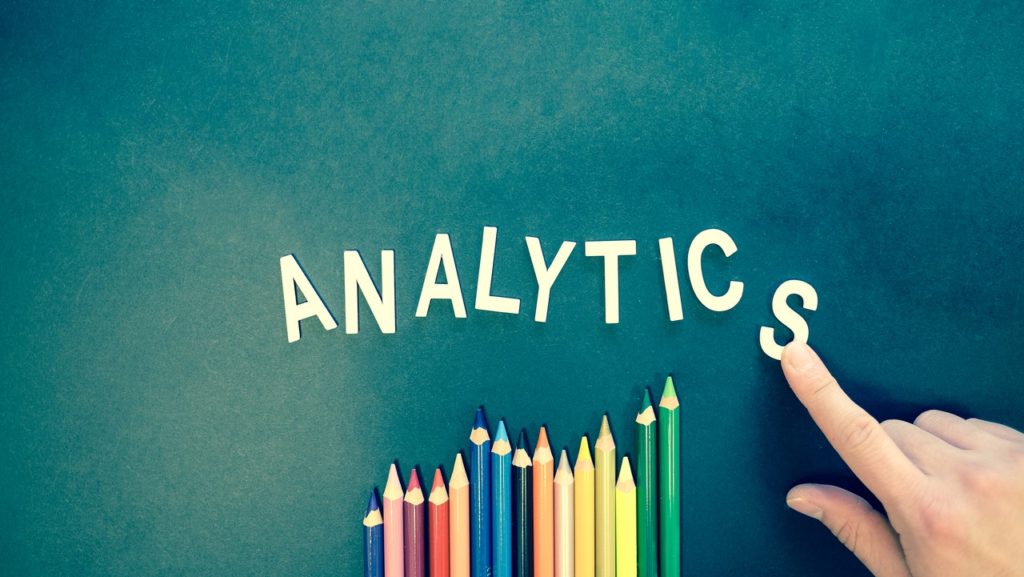A decade ago, we started collecting data from customers, patients, businesses, industries, web searches, social media, text messages, and media files. This information forms part of what we now call big data. It is a collection of data by smart devices, the internet of things, sensors, and search engine optimization. We use big data on everything—from marketing products to delivering post-sales service to customers. It is the primary driver of everything we know about marketing and running a business.
But truth be told, businesses haven’t even skimmed the surface of analytics and big data. To maximize big data, companies need to engage in all sorts of consulting, analytics, and implementation. This is why a lot of people are taking SkillsFuture courses in data analytics. Digital marketing and the use of data analytics in marketing are the future of all industries.
Machine Learning
Big data is at the core of machine learning, which, in turn, is at the core of every known business on the planet. Machine learning made automated driverless cars and retail trends analysis possible. It is machine learning that enables businesses to know what customers are looking for way before they land on the product pages. Smartphones use machine learning to recognize the consumer behavior of their users. They depend on these patterns and repetitive behaviors to make suggestions.
Marketing Approaches
In the past, marketers have to study their target audiences by doing surveys. Market research usually involves door-to-door surveys to find out what consumers are buying and how much they can afford based on their monthly income. Thanks to data analytics, these activities are becoming obsolete. As consumers rely on e-commerce websites, marketers can collect the information they share with these platforms. What do they buy? What other products are they interested in? At what point do consumers realize they want to check out their items? If they leave the website, what pushed them?

Operational Efficiency
Aside from analyzing the data that’s already available, marketers can also use existing data to predict what services consumers will need in the future. For example, some telecommunication companies are using data analytics to prevent service outages. This allows them to schedule maintenance more efficiently, ensuring that consumers are satisfied with the consistency of their services. Preventing problems will be at the core of every marketing strategy. Consumers are increasingly demanding perfection.
Highest Level of Service
Big data also allows businesses to provide exceptional customer service. With the key to understanding consumer preference already in their hands, businesses can create campaigns and promotions that will generate interest. In the health care setting, big data helps medical practitioners provide the highest level of care. Standardizing health records will give practitioners access to a wealth of information about a patient. More than that, sharing knowledge with each other will also help them discover different approaches to complex medical problems.
Bigger Revenue
Companies that use data analytics can expect financial returns. A study showed that businesses that use big data have a 6% average increase in profits. If they are operational for five years or more, that number can jump to 9%. Big data allows robust business strategies. There’s a clear financial payoff to a well-targeted marketing strategy. A thorough understanding of consumer behavior and the factors that affect it will lead businesses to offer better products and services.
Taking a data-driven approach to businesses will empower these organizations to produce customer-centric marketing campaigns. Not only is this better for industries in general, but it will also serve customers better. The harmonious relationship between consumers and businesses, after all, is also essential to the health of the economy.

